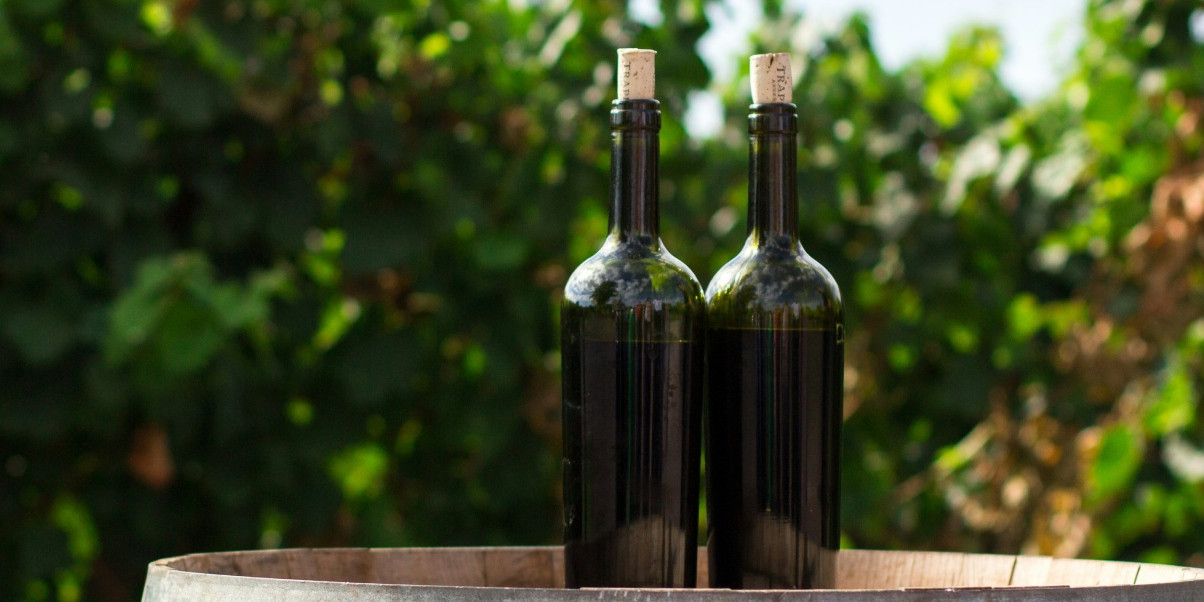Île de Ré and wine share a long-standing history. From the first vintages crafted by Cistercian monks in the 12th century to the AOP Pays Charentais wines of today, viticulture on this island near La Rochelle has continually evolved and improved in quality.
History of Wine on Île de Ré
The cultivation of vines on the island likely began during Roman times, but later Norman invasions forced the inhabitants to abandon the practice. The Cistercian monks of the Châteliers Abbey in La Flotte took over in the 12th century, clearing vast swathes of land. Over time, the vineyards of Île de Ré expanded to cover nearly all cultivable land on the island. This marked the beginning of a remarkable growth in Ré wines, reaching their peak in the 19th century.
The creation of three successive cooperatives in the 1930s and 1950s highlights the rising quality of Île de Ré wines. Thanks to the diversification of grape varieties, the island’s winemakers are now able to produce wines of significantly higher quality. Today, Île de Ré produces an average of 90,000 hectoliters of wine annually.
Wine Tourism on the Ile de Ré
The Vignerons de l’Ile de Ré (the island’s main wine cooperative) invite the public to explore the rich winemaking tradition of the island. Visitors are welcomed year-round at their cellar, where tastings are free of charge. In July and August, the cooperative also offers guided tours, giving you the perfect opportunity to discover the wine cellar, distillery, and, of course, taste the wines and spirits produced on-site. Tours take place Monday through Friday, from 10:30 AM to 3:30 PM. The cooperative also organizes group visits (from ten to forty people), where participants can enjoy complimentary tastings of the white or rosé Pineau from the cooperative.
Ile de Ré Wines
Here are some of the finest selections with their main characteristics:
-
Soif d’Evasion Sauvignon (Grape: Sauvignon)
A white wine with a powerful nose of white flowers, citrus, grapefruit, lemongrass, and blackcurrant. The palate is fresh with notes of boxwood, eucalyptus, and white flowers. -
Le Royal (Grapes: Sauvignon, Chardonnay, Colombard)
A dry white wine with floral aromas of broom and peach. Its lively palate reveals hints of lemongrass and citrus. -
Trousse Chemise Blanc (Grape: Chardonnay)
A sparkling white wine with a beautiful, bright straw-yellow color. Aromas of white flowers and dried apricots dominate the nose. The palate is fresh with a touch of gingerbread. -
Cuvée Stade Rochelais (Grapes: Cabernet Sauvignon, Cabernet Franc)
A rosé with subtle aromas of citrus and rose. Fresh on the palate with mineral notes and flavors of white peach, grapefruit, and yellow-fleshed fruits. The finish is refreshing and offers good length. -
L’Azur Rosé (Grape: Merlot)
A biodynamic rosé with a rich nose of rose and fruit tart aromas. Fresh and elegant on the palate, with notes of pomegranate and grapefruit. The aromas are long-lasting and beautifully persistent. -
Terre Rouge (Grapes: Cabernet Sauvignon, Merlot, Cabernet Franc)
A red wine with an intense nose of blackberry and cherry, complemented by hints of pepper, vanilla, and toasted bread. The palate is full-bodied, with a refined spicy finish and silky tannins.
